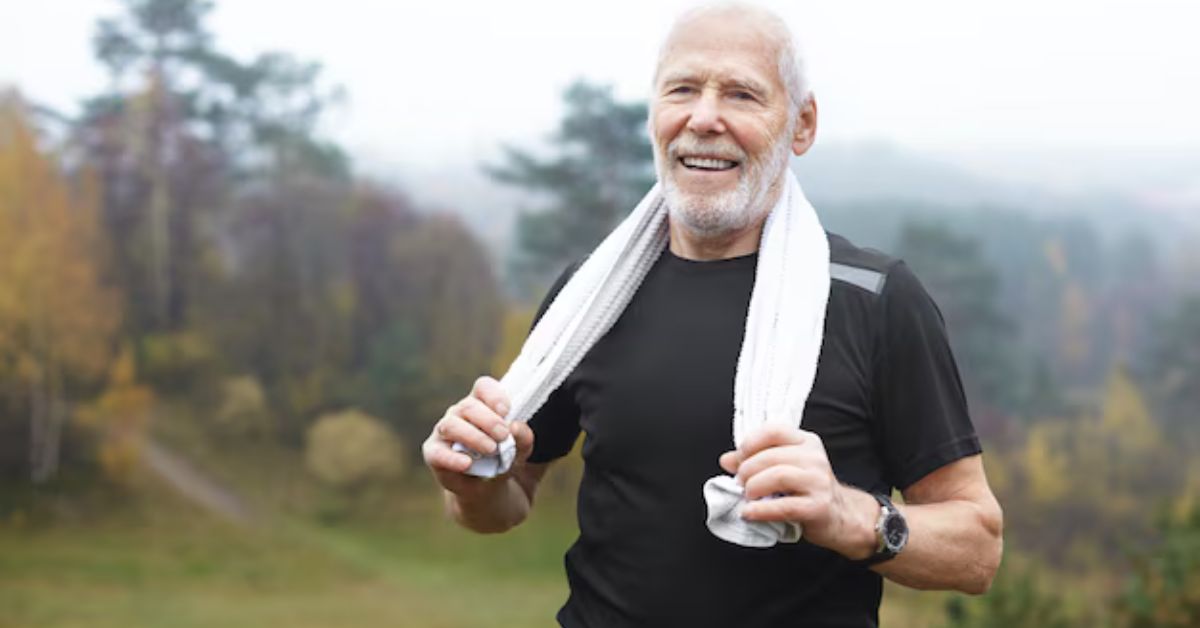Ballet is renowned for its grace, discipline, and the precise movements that create its stunning aesthetic. One of the foundational elements in ballet training is the barre, where dancers perform a variety of exercises to build strength, flexibility, and technique. This guide explores essential ballet exercises done at the barre, detailing their benefits, execution, and tips for maximizing effectiveness.
Introduction to Ballet Barre Exercises
The ballet barre is an indispensable tool in ballet training, offering support and stability while dancers perform exercises that enhance their technique and physical conditioning. Exercises at the barre focus on developing core strength, balance, alignment, and flexibility, serving as the building blocks for more advanced movements. Understanding and mastering these basic exercises are crucial for progressing in ballet.
Plie: The Foundation of Ballet
What It Is: The plié, meaning “bent” in French, is a fundamental ballet exercise where the dancer bends their knees while maintaining proper alignment and turnout.
Execution:
- Preparation: Start in a standing position with feet turned out and heels together.
- Movement: Bend the knees while keeping the torso upright and the back straight. Ensure that the knees track over the toes.
- Relevé and Return: Straighten the legs to return to the starting position.
Benefits: The plié helps build leg strength, improve flexibility, and develop the coordination needed for more complex ballet movements. It also enhances the dancer’s ability to perform jumps and landings gracefully.
Tendue: Extending and Stretching
What It Is: Tendu, meaning “stretched” in French, involves extending the leg outward while keeping it straight and the foot pointed.
Execution:
- Preparation: Begin in a basic ballet position with feet in first or fifth position.
- Movement: Slide one foot along the floor to a pointed position in front, to the side, or behind, ensuring that the leg remains straight and the toe fully extended.
- Return: Bring the foot back to the starting position, maintaining control throughout the movement.
Benefits: Tendu exercises improve foot articulation, strengthen the leg muscles, and enhance turnout and alignment. It is also essential for preparing the body for more dynamic movements such as jumps and leaps.
Degagé: A Quick Brush
What It Is: Degagé, meaning “disengaged” in French, is a step that involves a quick brushing of the foot off the floor.
Execution:
- Preparation: Begin in the same position as tendu.
- Movement: Brush the foot away from the floor to a pointed position, then return it to the floor quickly and with control.
- Repetition: Perform the exercise in front, to the side, and behind, maintaining proper form.
Benefits: Degagé enhances the speed and precision of foot movements, strengthens the feet and legs, and improves overall coordination. It also helps in developing the lightness and agility required for ballet.
Rond de Jambe: Circling the Leg
What It Is: Rond de jambe, meaning “circle of the leg” in French, involves making circular movements with the leg.
Execution:
- Preparation: Start with the leg extended in front or to the side.
- Movement: Move the leg in a circular motion, either en dedans (inward) or en dehors (outward), while keeping the pelvis stable.
- Return: Bring the leg back to the starting position smoothly.
Benefits: Rond de jambe increases hip flexibility, strengthens the thigh muscles, and improves the fluidity of movements. It is essential for achieving a more refined and graceful leg movement in ballet.
Frappe: The Striking Step
What It Is: Frappe, meaning “to strike” in French, involves striking the floor with the foot while maintaining a pointed position.
Execution:
- Preparation: Begin with one foot in a coupé position (near the ankle) and the other foot in tendu.
- Movement: Quickly extend the foot to a pointed position while making a sharp, controlled strike against the floor.
- Return: Recoil the foot back to the starting position.
Benefits: Frappe enhances the speed and power of footwork, improves ankle strength, and aids in developing a strong and articulate foot. It also prepares dancers for more explosive movements in ballet.
Adagio: Slow and Graceful
What It Is: Adagio refers to slow, controlled movements that emphasize grace and fluidity.
Execution:
- Preparation: Start in a basic ballet position with a straight and aligned body.
- Movement: Perform slow, deliberate movements such as developing the leg from a plié to a fully extended position, ensuring control and smooth transitions.
- Balance: Focus on maintaining balance and poise throughout the exercise.
Benefits: Adagio exercises enhance control, balance, and the ability to sustain positions. They are crucial for developing the fluidity and elegance of movements, especially in more complex ballet sequences.
Grand Battement: High Kicks
What It Is: Grand battement, meaning “large beat” in French, involves lifting the leg high into the air with a strong, controlled motion.
Execution:
- Preparation: Begin with the leg in tendu position.
- Movement: Lift the leg to a high position (90 degrees or higher) and then lower it back to the starting position with control.
- Repeat: Perform the exercise in front, to the side, and behind.
Benefits: Grand battement strengthens the hip flexors and leg muscles, improves flexibility, and enhances the dancer’s ability to perform high kicks and dynamic movements.
Tips for Effective Barre Work
- Maintain Proper Alignment: Proper alignment is crucial for avoiding injury and ensuring that exercises are effective. Keep the torso upright, shoulders relaxed, and hips aligned throughout each exercise.
- Focus on Technique: Precision in technique is essential for maximizing the benefits of barre exercises. Pay attention to the details of each movement and avoid rushing through exercises.
- Warm Up and Cool Down: Always warm up before starting barre exercises to prepare your muscles and prevent injury. Similarly, cool down after the session to relax the muscles and promote recovery.
- Engage Core Muscles: Engaging the core muscles during barre exercises helps maintain balance and stability. This engagement also supports proper posture and alignment.
- Use the Barre Effectively: The barre is a support tool, but it should not be used excessively. Use it for balance and stability while focusing on developing strength and control in the muscles.
Conclusion
Ballet exercises performed at the barre are fundamental to developing the skills required for advanced ballet technique. Each exercise serves a specific purpose, from building strength and flexibility to enhancing balance and coordination. By mastering these basic barre exercises, dancers lay the groundwork for more complex movements and improve their overall ballet performance.
Understanding and executing these exercises with precision and attention to detail is essential for achieving excellence in ballet. Whether you are a beginner or an experienced dancer, incorporating these exercises into your routine will contribute to your growth and proficiency in the art of ballet.







